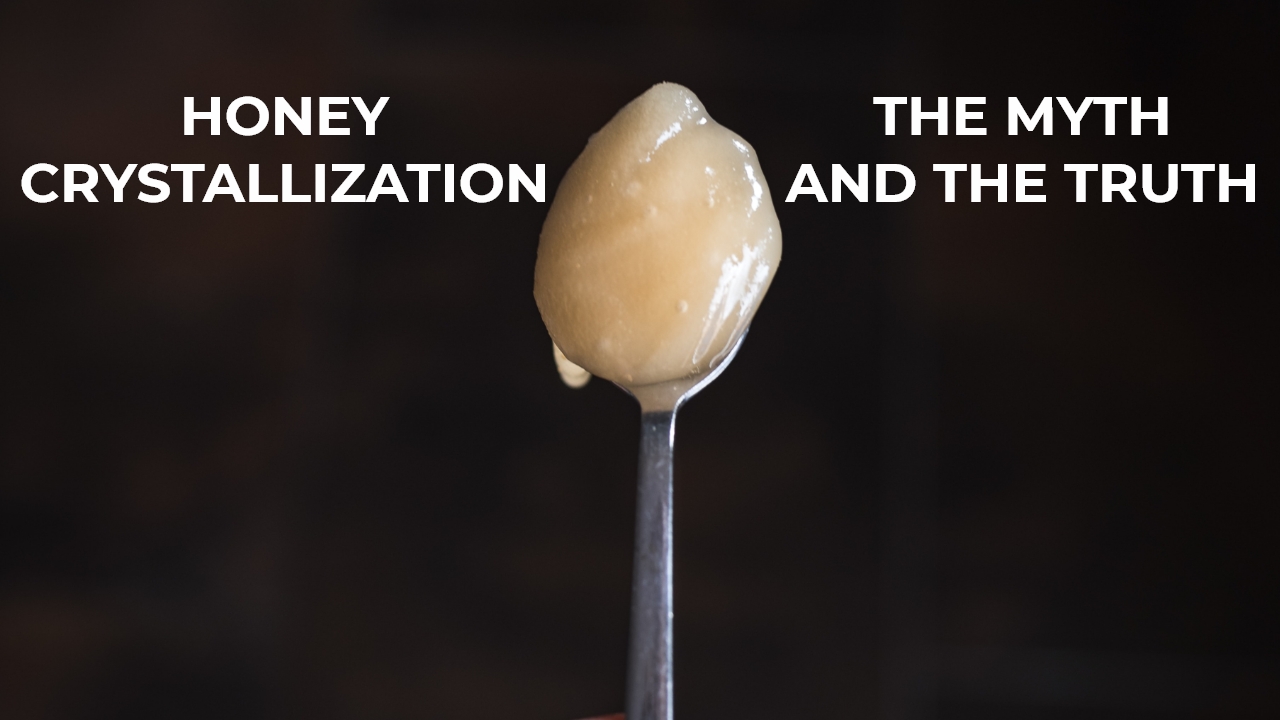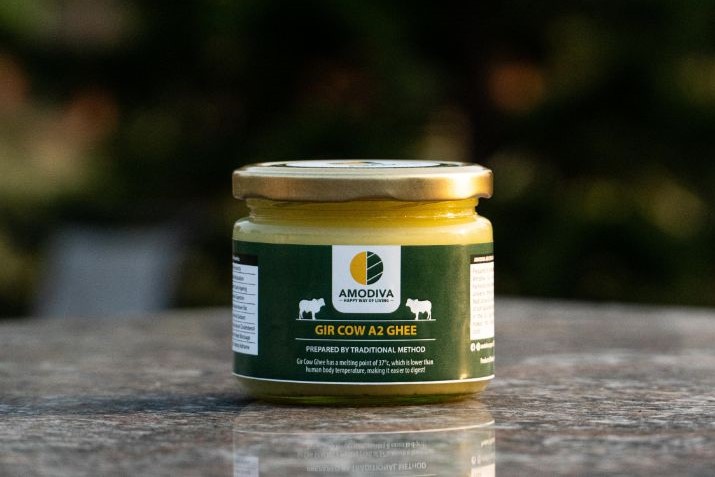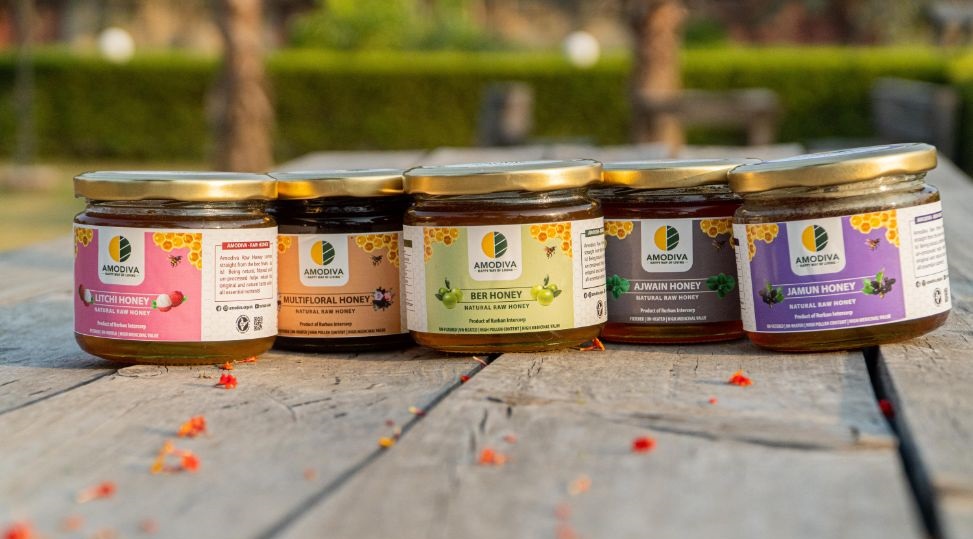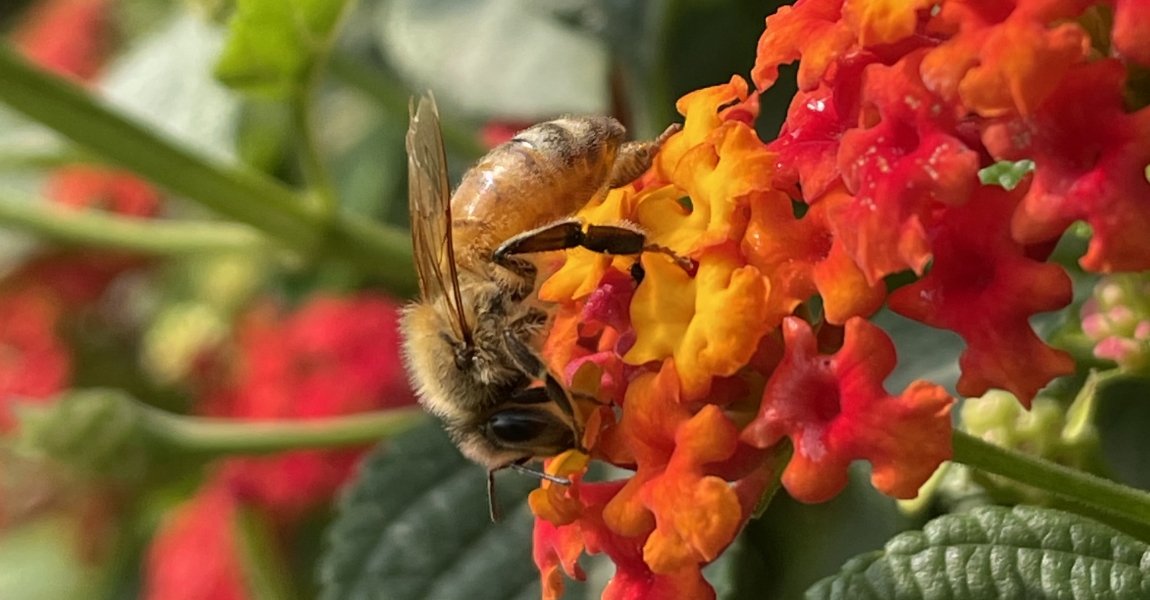
HONEY CRYSTALLIZATION MYTH
There is often a perception among consumers that honey that crystallizes has "gone bad" or that it is a sign of contamination. It's actually the opposite! Crystallization of Honey is a sign of high quality honey.
BREAKING THE MYTH:
Bees make honey by collecting nectar from flowers which is consumed and digested by the bee enzymes in their stomach and passed on in the hive. Bess then evaporate as much water as they can from the nectar by flapping wings. The bees are so efficient at this process that they condense the nectar to the point that it becomes a supersaturated solution - a solution that contains more natural sugars (fructose) from flowers than a liquid can technically hold. At this point Honey is a concentrated mix of:
Glucose (Blood Sugar) and Fructose (Fruit Sugar)
Let us know discuss what actually causes this mix of Glucose and Fructose to crystalize. Following three factors that contribute to crystallization of Honey:
- Temperature
- The ratio of glucose and fructose in the honey
- Pollen
Temperature
Honey will crystallize even in the hive if the temperature is very cold outside say below 9-10 degrees. Similarly, it will crystallize even in a honey jar. Solution to the same will be to store honey at a slightly warm place in yout home – this will help slow down the crystallization process.
THEN HOW CAN I DECRYSTALLIZE MY HONEY? One easy and handy trick to decrystallize honey is to put honey in a bowl of warm water and slowly letting it warm up.
NOTE: Microwaving overheats the honey and doesn't heat evenly, so that's not recommended unless you are in a hurry. Also, never store honey in the refrigerator. Refrigerator temperatures accelerate the process of crystallization.
The problem is, after a few sessions of heating and cooling, your honey will loose that wonderful aroma of summer, and just become yellow sugary goop, we don’t want that do we?
SOLUTION: Develop a taste for cyrstallized honey as it is mark of purity and high nutrients! But if that is just not how you like your honey, try heating honey is smaller batch – as an as per requirement basis, rather than the whole container. Honey also keeps best in glass, rather than plastic, and glass is much better for reheating – and that’s why your Amodiva Raw Honey comes in glass jars!
The ratio of glucose and fructose in the honey
Honey is a super-saturated solution of two sugars: glucose and fructose. The proportions of these two sugars are characteristic of the plants the bees fed on to make their honey. It's the glucose that crystallizes, so some types of honey are more resistant to crystallization because they have low glucose.
Honey made from different flowers yield different amounts of glucose and fructose in the final honey. Honey, with high levels of glucose (such as Mustard or Multifloral Raw Honey) crystalizes much faster due to high glucose content.
The higher the glucose and the lower the water content of honey, the faster the crystallization. Oppositely, honey with less glucose relative to water is a less saturated glucose solution and is slow to crystallize. Honey with heightened water content often crystallizes unevenly (not as a homogeneous mass) and separates into crystallized and liquid parts.
Pollen
A Bees body is filled with tiny hair, when bees take nectar from the flowrs, small amounts of pollen get stick to the bees. When going to the next flower, these pollen may get dropped off – helping them become one of the best pollinators!
Pollen are often abundantly found in Raw Honey – as it is unfiltered. Pollen acts as a sort of honey provenance. Pollen informs us as to from which flowers the bees have been feeding on.
Honey with pollen in it, has high proteins and nutritional value, but it also assists crystallization – crystals find pollen particles reliable and easy to build on.
Regular honey is filtered to remove pollen. This does creates a more shelf-stable honey, and it is clearer and brighter in color, making honey well, more pretty.
Filtering has a shady side effect: it makes it easier for honey to be processed and shipped longer distances and means that many different kinds of honey can be blended together undetectably.
How can you get the best honey? Buy local. And by local, look for honey that is not part of a chain store brand, but something from a beekeeper that is in your state, with a traceable address and name.
Embrace your crystallized honey. It's the result of a natural process!







